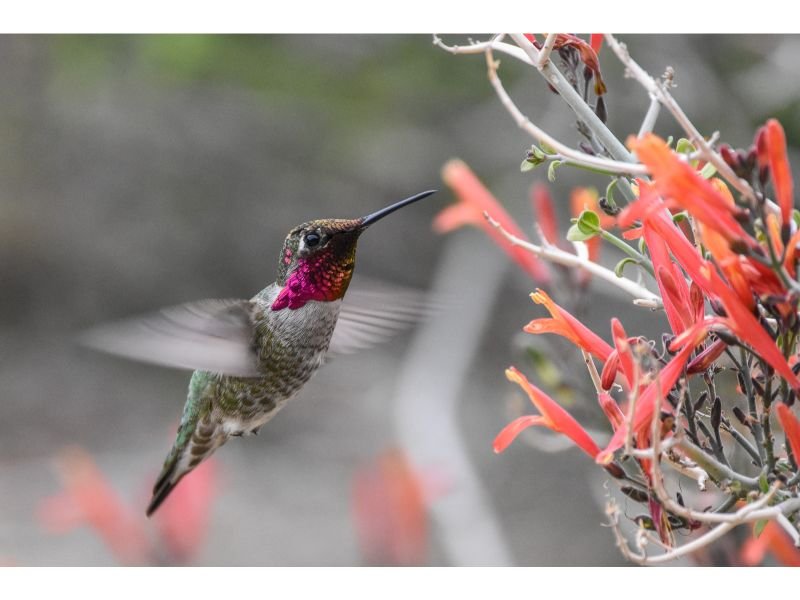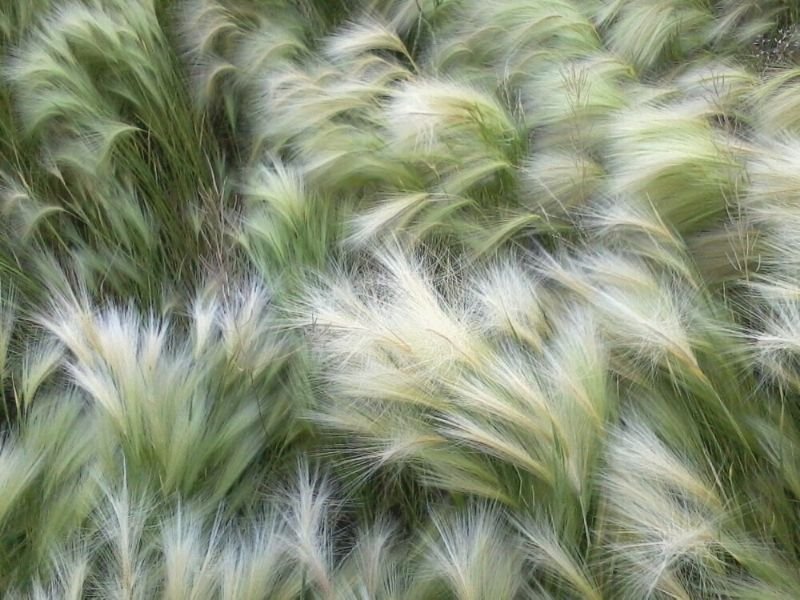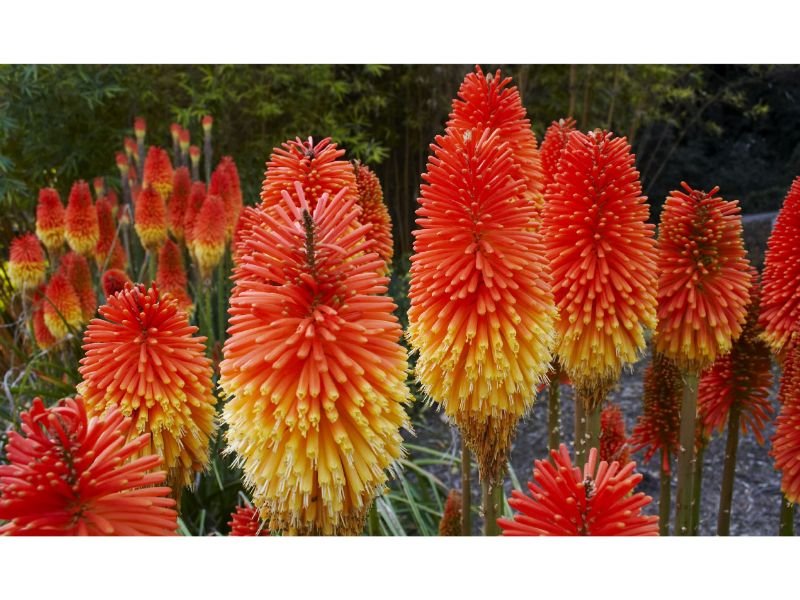Flowers that look like daffodils are actually a type of flower known as a Narcissus. There are of course other flower species that look like daffodils but in terms of characteristics and appearances, Narcissus plants will be the closest ones. Today, there are hundreds of different varieties of Narcissus flowers, including many that resemble daffodils.

In four seasons countries, one of the signs that make us sure that spring is coming is daffodils. Originally from Northern Europe, there are over 50 species, not including hybrids and cultivars, of this beautiful flower. They are ranging in colors, so yes, not all daffodils are simply yellow.

From white (or without white), pink, orange, gold, cream, salmon, and reddish-orange, this March birth flower also comes with meaningful symbolism. As one of the first flowers that bloom in spring, daffodils epitomize rebirth and new beginnings.
Their beautiful symbolism doesn’t stop there. In China, daffodils, which bloom not long after The Chinese New Year, are believed to bring new energy and luck. Not so different from The Chinese, The Brits also saw daffodils as a victory. As an old saying, whoever finds daffodils shall get more gold and silver. Thus, more victory.
Meanwhile, The City of Love and Croissants, France, deemed daffodils as the symbol of hope. Daffodils don’t bloom during winter, but they survive the shivering and bone-chilling breeze until it’s blooming time. Last but not least, in The USA, the daffodil is a symbol of a cancer survivor. They are also the representation of the wedding’s 10th anniversary. So if tomorrow’s your wedding 10th anniversary, a bouquet of daffodils may be a perfect gift for your partner.
All daffodils are members of the same genus Narcissus. And do note, even though most daffodils species produce delicately scented flowers, they are poisonous and may cause nausea, vomiting, skin rash, and even worse, death. Keep this plant away from children and most animals.
Table of Contents
Some Flowers That Look Like Daffodils.
The best way to distinguish daffodils is by looking at the shape, size, and colors of the flowers. See below to pick which types of daffodils are perfect for your garden.
1. Jonquil (Narcissus jonquilla)

Jonquil is the most fragrant of all Narcissus species. There are usually four to five flowers per stem, and unlike daffodils, they are only grown in yellow hues. One of the components of many modern perfumes, they got their name from the Spanish word ‘junquillo’ which means rush.
2. Poet’s daffodil (Narcissus poeticus)
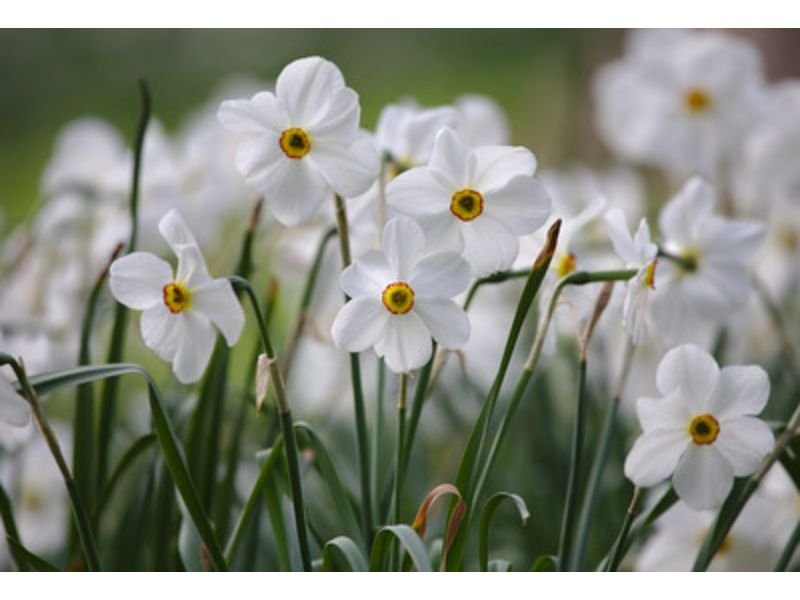
Its pheasant eye-like appearance makes the poet’s daffodil also called a pheasant daffodil. In contrast to jonquil, the poet’s daffodil produces beautiful pure white petals, centered with greenish-yellow coronas with distinctive red rims. Poet’s daffodil is also the perfume makers’ favorite since they yield fragrant oils.
3. Tazetta (Narcissus tazetta)
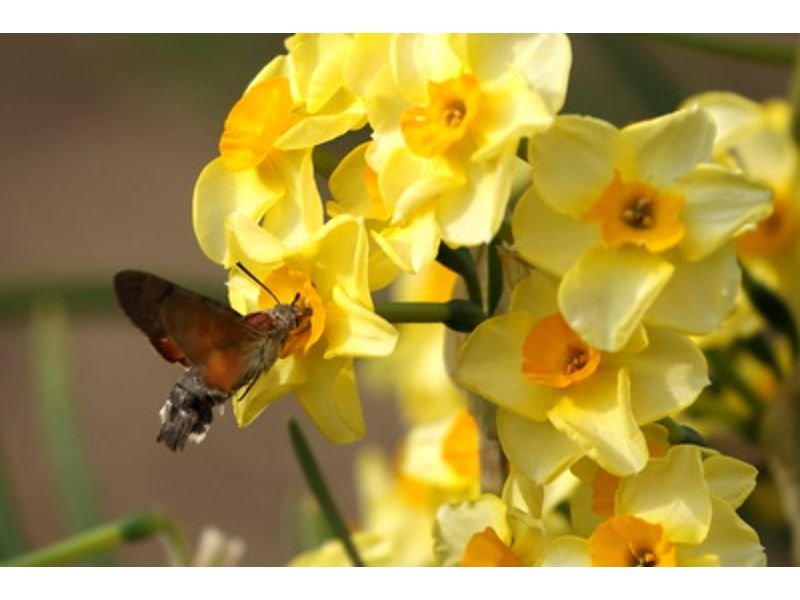
Also known as The Chinese Sacred Lily, Tazetta is amongst the tallest of the Narcissus species. These white petals and yellow corona flowers can grow as tall as 80 centimeters thin, with leaves up to 40 centimeters long. It’s a widespread species native to Portugal and Turkey.
4. Angel’s Tears Daffodils (Narcissus triandrus)

A dwarf/short variation of daffodils, the angel’s tears have petals arching away from the rounded corona, making it looks like an angel’s wings. They grew in shades of yellow and white and are native to rocky woods and pastures in Spain and Portugal.
5. Hoop Petticoat Daffodil (Narcissus bulbocodium)

These smallest floral in Narcissus species have the shape of a hoop petticoat. A low-growing, around 15-25 centimeters tall, with dark green leaves resembling chives. It has 6-5 petals, varied in colors from white to yellow.
6. Split Corona (Narcissus cassata)

With creamy white petals and yellow to pinkish apricot-colored split coronas, it can grow up to around 45-50 centimeters. They are fast-growing, and what makes it interesting is how the flowers change colors as they ages.
7. Large Cupped or Long Cupped
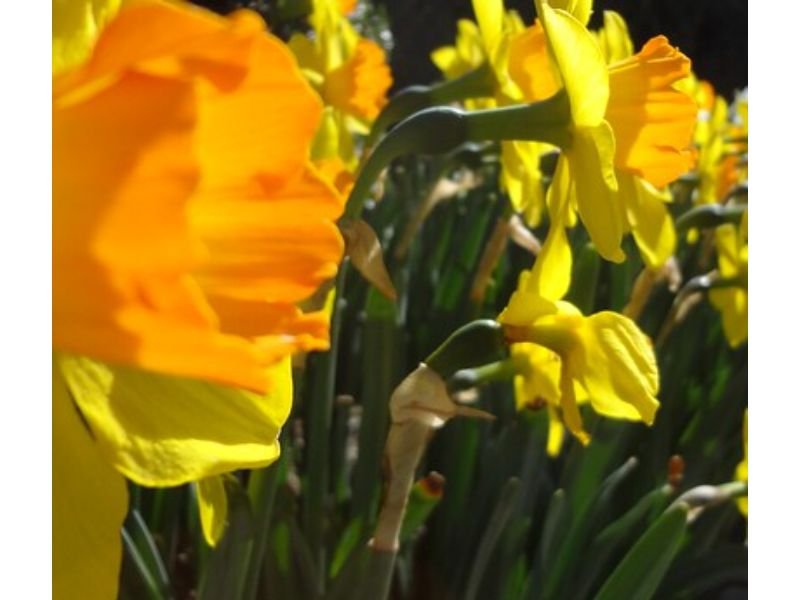
Also known as trumpet daffodils, this type of daffodils have large coronas, some flaring wide and some trumpet-like with one flower per stem. They range in white, bright yellow, orange, and salmon pink colors.
8. Small Cupped or Miniature Daffodils

As their name, small cupped daffodils have short coronas that are less than the length of the petals. Like the large cupped daffodils, they also only produce one flower per stem. Barrett Browning is a popular variety of small cupped daffodils.
9. Double Cupped
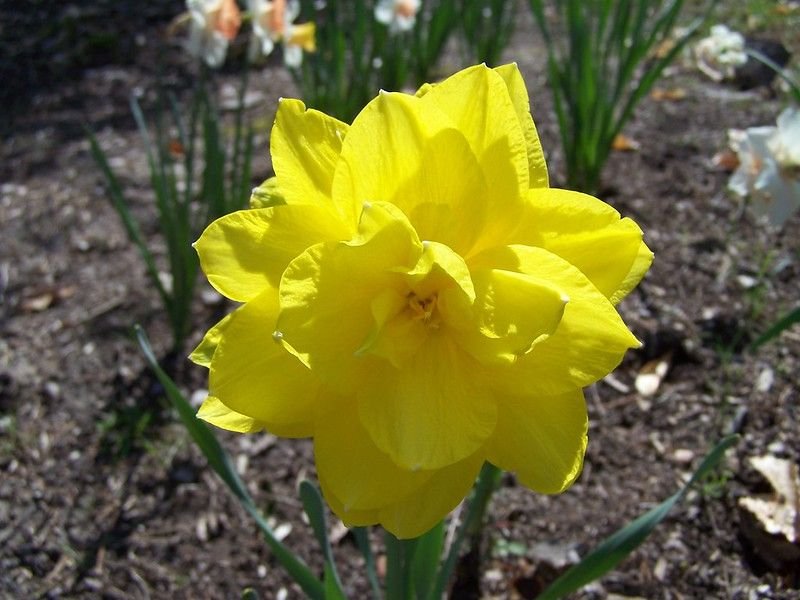
With sweetly fragrant cultivars, double-cupped daffodils have unique ruffled petals ranging in color from sunny yellow, white, orange, and blush pink. Its variation, Replete Daffodil, is adorned with fascinating colors of pinkish coral in its center and white petals.
A Greek Mythology Behind The Scientific Name
Mythologies such as Medusa, Poseidon, Hera, and Hades never fail to amaze people. This is also what inspired some scientists to name their findings, in addition to using Latin, by using certain mythological creatures/Gods/Goddesses’ names.
We can name a few, like Artemisia vulgaris L. or mugwort, a herbaceous plant species belonging to the family Asteraceae. The scientific name for these famous ingredients in woman’s skincare products is delivered from The Ancient Greek goddess of forests and hunting, Artemis.
The Latin name for daffodils is known to be delivered from Greek mythology, Narcissus. He was a young handsome hunter. Said to be so attractive, he fell in love with his reflection when he saw it in the river. Not even the beautiful mountain nymph, named Echo, was able to seduce Narcissus.
He became more and more fascinated with his reflection, but could not get the object he wanted. Narcissus died on the river bank from his agony, but there is also another version that he died from drowning. After his death, he turned into daffodils, which grew along the river bank.
Nonetheless, daffodils don’t only grow around river banks. They can also grow in places like grasslands, forests, rocky areas, and fields. In strange cases, there are even daffodils that grow in an unexpected area, like the side of the road. Usually, some animals accidentally carry the bulbs. The second theory, there used to be a farm nearby planted daffodils but is no longer in business.
Plant That Inspired The Famous English Poet
Perhaps some of you are familiar with William Wordsworth. He’s considered one of the best English poets. One of his famous works, ‘I Wandered Alone as a Cloud’, commonly known as ‘The Daffodils’, mentions these gorgeous flowers.
The poem’s opening lines reveal that the depiction of the daffodils isn’t from a human perspective, but from the clouds’ perspective. It’s in these lines that Wordsworth begins his admiration for nature by making the clouds seem to enjoy the view, able to see and feel like humans.
Wordsworth also describes the daffodils dancing as if they were humans. The way he expressed it, he invited his readers to feel a longing for nature that is calm, peaceful, and serene. From this poem, we can learn that romanticism isn’t only about two lovers falling in love. It could also be about how we fall in love with nature’s beauty.

New author in the hood. Loves gardening and flowers are my spirit animals (yes I know they are not animals but I insist). I will be covering most of the flowers’ topics here and occasionally random though as well.




